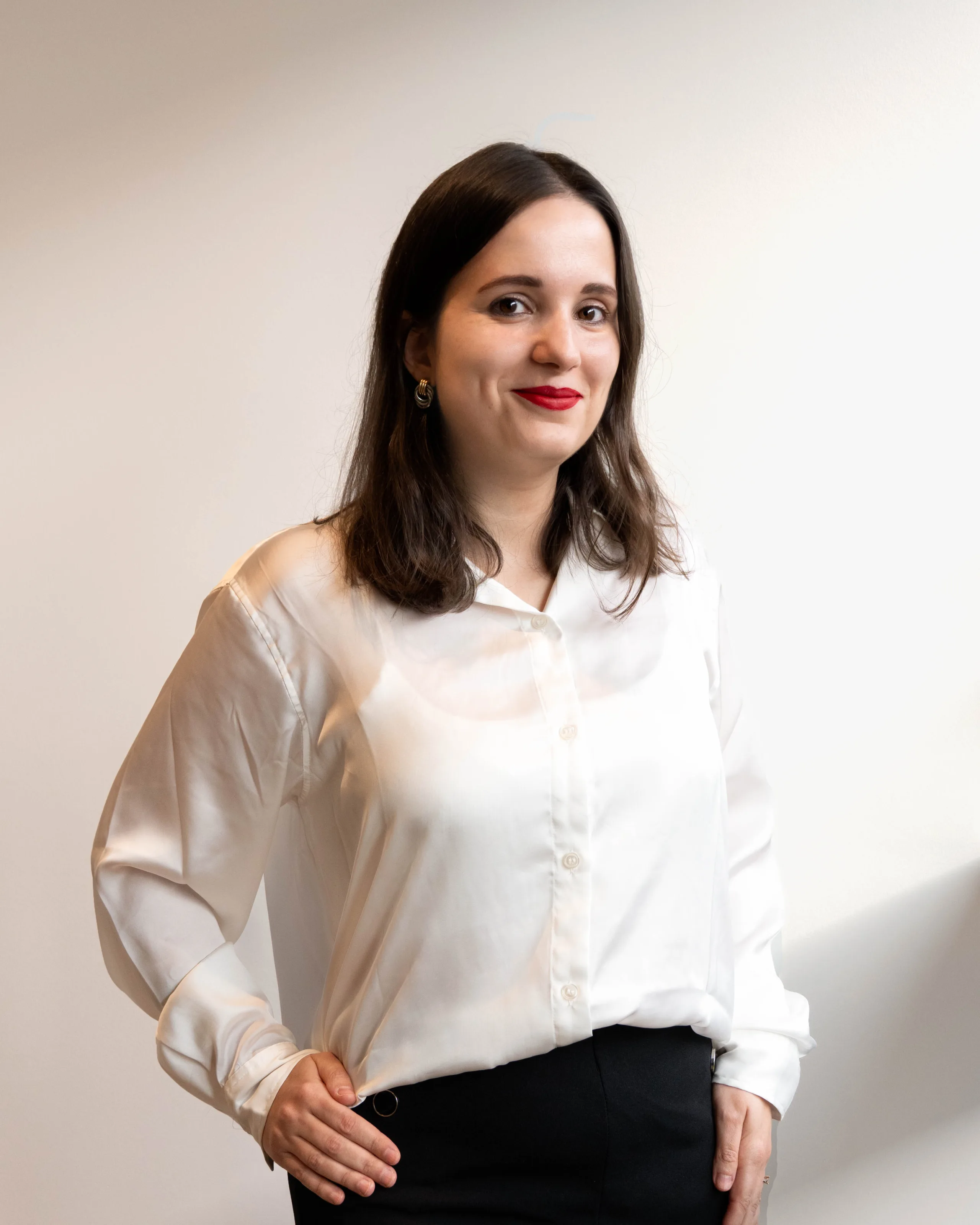When an employee is absent from work, the entire team (and sometimes, the entire organization) can be affected by the situation. In cases of unexpected or long-term absences, the company may suffer from productivity losses and costly and time-consuming temporary hirings.
That is why you need to implement effective leave management processes in your organization: they can reduce the negative impact absences can have on your day-to-day operations. Read on to discover the different types of absences and the tools and strategies you should use to manage them efficiently.
What Is Employee Absence Management?
Absence management involves tracking and recording both planned and unplanned employee absences and coordinating schedules and tasks to reduce their impact on productivity and team morale.
Effective absence management is key to avoiding time and productivity losses. It also helps prevent conflicts or confusion over tasks and work schedules. It contributes to the smooth running of the company, promotes transparent allocation of tasks and schedules, and supports a positive and productive work environment.
Types of Employee Absences
There are various types of employee absences that can occur in the workplace. They can be planned or unplanned and of varying duration:
- Planned absences: these are generally paid leave such as annual leave, personal days, parental leave, etc. Managers are notified in advance by their employees and can organize each team member’s work schedule accordingly.
- Unplanned absences: employees sometimes experience unforeseen circumstances that lead them to be absent from work, whether for a fixed period (personal emergencies, sick leave) or indefinitely (injuries or more serious health problems, for instance).
- Justified absences: whether planned or unplanned, employees must notify and justify their absence as soon as they are able to do so. Requests for sick leave, for example, can be made on the morning of the day of absence and subsequently justified by a doctor’s note.
- Unjustified absences: in cases of unjustified absences, employees are absent without informing their manager or colleagues, sometimes for several days in a row. This type of absence can seriously impact and hinder the entire team.
- Employee absenteeism: recurring unjustified or unplanned absences can reveal absenteeism issues within your company. These can be spotted by careful monitoring of absences and the reasons behind absences. Of course, solving this issue before it impacts your productivity is essential.
Regardless of the type of leave you must deal with, having a well-established absence management policy in place is essential to remaining effective daily.
How to Create an Absence Management Policy
Here are our tips for creating an effective absence management policy that your employees will understand and comply with:
1. Set standards for vacation days and working hours
Your company policy and employment contracts – which should be communicated to employees as soon as they are hired – must specify the working hours per week and your overtime policy (whether they are paid, cumulative, or compensated in any other way). You also need to define standards for sick leave and vacation days and any bonuses (seniority-based or occurring at the end of the probationary period, for example). Feel free to refer to these documents when you have to approve, reject and manage absence requests, and remember to comply with established policies to avoid conflicts and misunderstandings.
2. Streamline leave request processes
After referring to your company’s absence management policies, all employees must follow the same procedure to submit their leave requests. Having one procedure in place will help you avoid oversights and conflicts. Whether you use a dedicated software solution to submit vacation requests, a company-wide leave schedule on Excel, or traditional email exchanges, make sure that all requests are treated fairly, by the order in which they were submitted.
3. Communicate and promote good practices
Specific times of the year represent ideal opportunities to remind employees of the policies and best practices they should follow when requesting time off. Share all relevant documentation and recommendations with your teams and answer any questions they may have. Finally, ask your employees to coordinate and collaborate to avoid potential conflicts linked to vacation requests.
4. Define disciplinary measures for non-compliance
Even with detailed policies and frequent reminders, you may have to deal with unplanned, prolonged or unusual absences. You need to face these challenges head-on by clearly defining the measures to be taken in the event of non-compliance with existing absence policies.
You could start by warning the employee if they are absent for no apparent reason. In the event of recurring unjustified absences, a meeting with the HR department can be planned. Finally, disciplinary measures such as dismissals can be implemented if the situation persists or deteriorates.

Effective Absence Management Strategies
In addition to a well-developed absence management policy, you can implement the following strategies:
Prevention and organization
You can prevent and anticipate employee absences by being aware of your team’s health, their current level of motivation, and the personal reasons that might lead them to be less productive or absent from work. To reach this level of trust among your coworkers, you must implement talent management practices that encourage employees to communicate their issues and feelings openly.
In the case of planned vacations, remember to prioritize the tasks to be completed before the employee leaves. This will help you avoid oversights and or potential work overload later on.
Communication and transparency
Don’t hesitate to remind all your employees of the company’s vacation and absence policy, particularly at the end of the year or the beginning of summer. Share the team’s vacation schedule so that everyone can coordinate their leave requests. You can also organize vacation planning meetings so that everyone is aware of their colleagues’ absences and knows which projects need to be completed before they leave.
In the event of an unforeseen absence, it’s important to inform other team members of the impact the situation could have on their work. Try to minimize this impact by demonstrating team spirit and good communication skills.
Flexibility and adaptation
Comprehending each team member’s role is essential to understanding the impact of their absence and being able to help fill any gaps. Having a flexible team that possesses all the skills they need to temporarily manage urgent tasks helps avoid unforeseen events and delays. If reliable, well-trained employees can help reduce the impact of absences on your productivity, you should be careful when managing their workload. Asking too much from them could cause stress and disengagement.
Absence tracking and management tool
To help you keep track of employee absences, you can use an Excel vacation planning spreadsheet to keep track of every absence occurring within your team.
However, HRIS (Human Resources Information Systems) offer more efficient and flexible absence management features. They provide automated reminders, two-click requests and approvals, and real-time tracking of each employee’s absence and leave. These tools will help you coordinate leave and effectively deal with unforeseen absences.
Tips to Avoid Unplanned Absences
- Improve internal communication: establish trusting relationships with your employees so that they can come and talk to you when they face personal issues or unforeseen circumstances. This way, you’ll be aware of the situation and able to anticipate potential absences. Who knows, you might even be able to help them solve the problem before it gets out of hand!
- Offer your employees enough vacation days: by offering your employees more annual leave, you reduce their stress levels, risks of burnout, and disengagement rates. Well-rested employees are less likely to be absent without warning.
- Encourage vacations and breaks: managers and the HR department should encourage workers to take breaks and vacation when they can. This approach will increase motivation levels and productivity throughout the entire organization.
- Offer flexible working hours: flexible working hours enable employees to manage their personal emergencies more easily. As a result, they will be able to take a few hours off to solve the situation rather than miss one or more workdays.
- Establish safety measures in the workplace: you should ensure your employee’s physical health by implementing all the appropriate safety measures in the workplace. If they experience workplace accidents or difficult working conditions, absence rates will spike, while motivation levels will decrease.
- Prioritize employee well-being: in addition to the physical health of your teams, you need to ensure that you offer a healthy work environment that benefits employee well-being. A positive employee experience reduces the risk of unplanned absences.
Tools to Optimize Absence Management In Your Company
The best solution for optimal leave and absence management is to implement time off management software solutions like Folks HR.
Our HR management software enables employees to access self-service PTO requests, leave balances and timesheets, all in just a few clicks.
Managers can approve or reject requests in a matter of seconds and everyone can access the team’s vacation calendar to coordinate their work schedules. Plus, all reminders and notifications are automated.
The icing on the cake: you can access a detailed summary of absences (frequency of absences, reasons for absences) and keep an eye on your absenteeism rates before they impact your productivity.
Folks HR is a time-saver for employees and managers alike and the best tool for improving all your HR management processes!
Optimize your absence management processes with Folks HR:
Approve leave requests and coordinate vacation schedules in just a few clicks!

